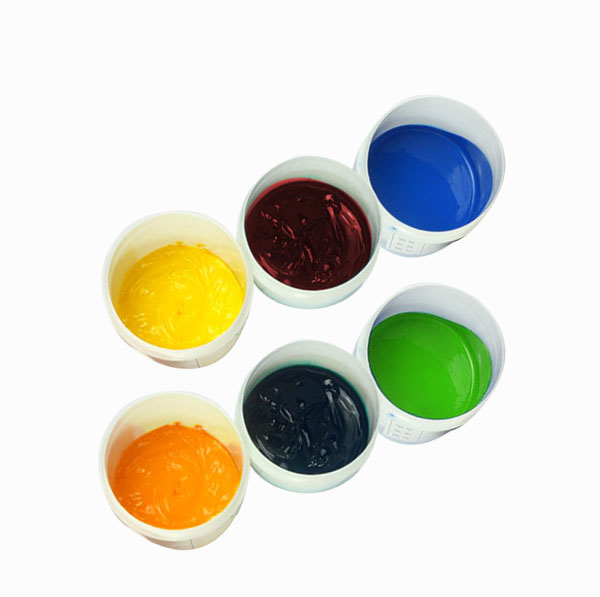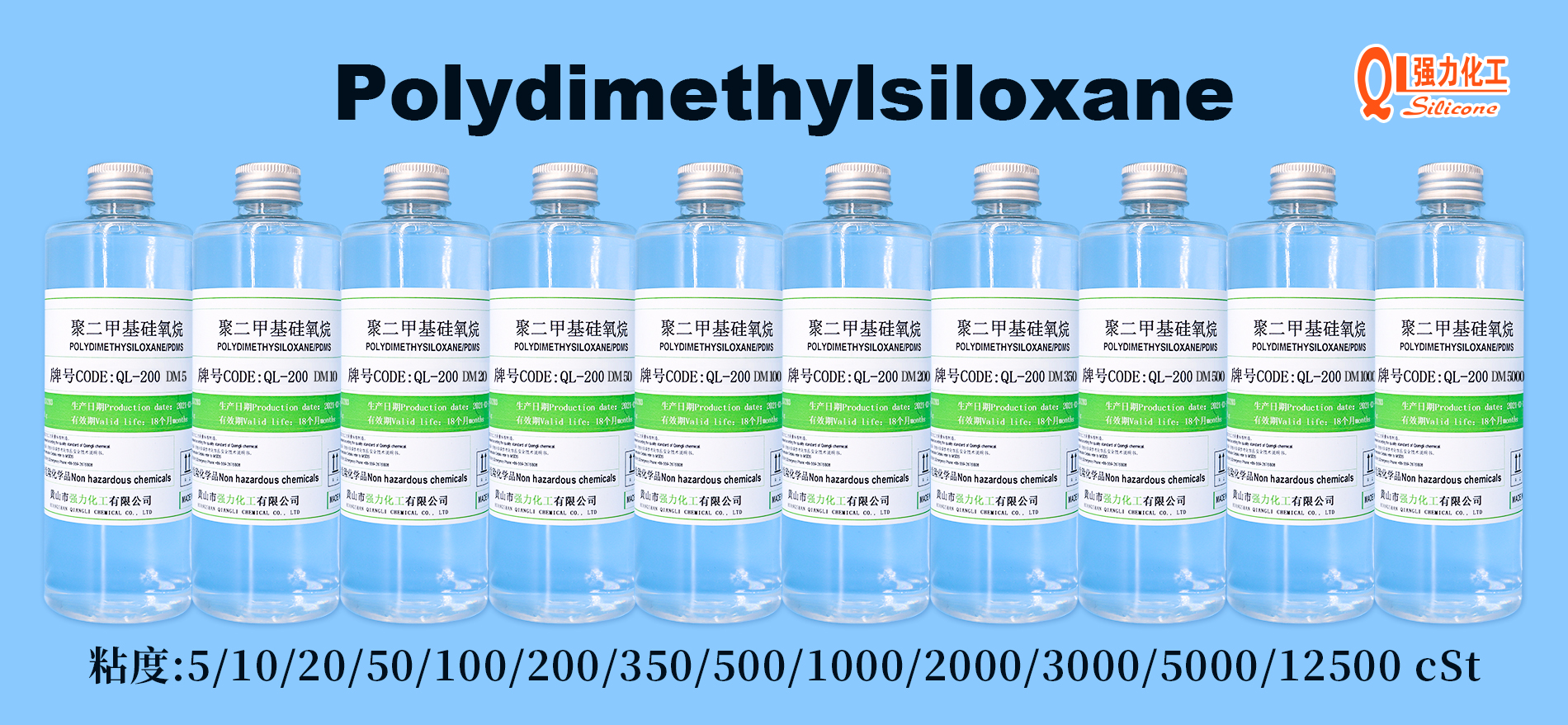Pigments are soluble and insoluble, and there are inorganic and organic differences. Inorganic pigments are generally mineral substances. Humans have known for a long time to use inorganic pigments, using colored soil and ores, to paint on rock walls and smear their bodies. Inorganic pigments include cadmium-based, cadmium-based, iron oxide-based, and newly emerging environmentally friendly color inorganic composite pigments. Domestic manufacturers such as Kohler pigments.

Color paste can be widely used in industries such as architectural coatings, inks and silicone rubber, but different industries have different performance requirements. Silicone color paste is a functional paste made of toner and dispersant as the main raw materials, which can impart color to silicone rubber and its products. Some patents of silica gel color paste have been published. Yi Yong and others also discussed the characterization method of carbon black silica gel color paste [4, Zhu Yili and others studied the effect of color paste on the performance of silicone sealants, but dispersants such as two There are few studies on the influence of methyl silicone oil on the performance of silica gel color paste.
The dispersant used in high-quality silica gel color paste is polysiloxane with good compatibility, commonly used as dimethyl silicone oil or vinyl-terminated silicone oil. The main performance indicators of dimethyl silicone oil include appearance, volatile viscosity and flash point, etc., but The above-mentioned properties of commercially available simethicone oils are uneven, and indicators such as molar mass distribution and silicon hydroxyl content are rarely marked. Therefore, the quality of silica gel colorants prepared from different silicone oils is also quite different. Among the silica gel color pastes using different toners, the carbon black type silica gel color paste has the largest amount and the widest application. In this experiment, dimethyl silicone oil and carbon black were used as the main raw materials to prepare carbon black silica gel color paste, and the effects of the catalytic system, molar mass distribution, and light group content of simethicone oil on the appearance, fineness, and consistency of the color paste ( Fluidity), relative tinting strength, volatile content and other properties, in order to provide reference for the production of carbon black color paste.
Organic pigments are generally obtained from plants and marine animals, such as madder indigo, garcinia cambogia, and ancient Roman purple extracted from shellfish. Organic pigments are bright in color and strong in coloring power; low in density and non-toxic. Organic pigments look more foamy, while inorganic pigments are heavier. Organic pigments generally have higher vividness and higher tinting strength than inorganic pigments.
Inorganic pigments are oxides of non-ferrous metals, or some metal insoluble metal salts. Inorganic pigments are divided into natural inorganic pigments and artificial inorganic pigments. Natural inorganic pigments are mineral pigments.
Organic pigments are colored organic compounds, which are also divided into two categories: natural and synthetic. Synthetic organic pigments are commonly used now. There are many varieties of organic pigments, relatively complete colors, and better performance than inorganic pigments.
Inorganic pigments are mainly carbon black and iron, titanium, barium, zinc, cadmium, lead and other metal oxides or salts.
Organic pigments can be divided into monoazo, disazo, lakes, phthalocyanines or fused ring pigments.
Inorganic pigments have light fastness, heat resistance, weather resistance, good solvent resistance and strong hiding power, but the color spectrum is not very complete, the coloring power is low, the color brightness is poor, and some metal salts and oxides are highly toxic.
Organic pigments have various structures, complete chromatograms, bright and pure colors, and strong tinting power, but some products have poor light resistance, weather resistance, and solvent resistance. High-grade organic pigments also have good light resistance, weather resistance, and solvent resistance, but they are expensive.
Modulation of silicone color paste, silica gel factory modulation of silicone color paste:
The first step is to put the toner in place; without toner, there is no way to start the preparation of the color paste. A pack of 15kg toner is prepared in two times. Pour the toner into the barrel with silicone oil, and start to use the mixer (Toner dust is very large, pay attention to protection, it is difficult to handle when it is stained with clothes). It is necessary to contact all the toner with silicone oil, turn the powder into a slurry, and keep stirring until no toner floats out.
In the second step, put the semi-finished color paste into the grinder and grind it twice to grind out the color of the toner to the maximum extent, and the color will be more uniform. Rolling and grinding is very simple, but it takes a lot of time to get the color paste in the barrel to the grinder (.
The third step is the second grinding, and the finished product can be completed. After the grinding is completed, clean the grinder and wipe all the removable parts to avoid dyeing caused by grinding other products. Summary: The preparation of silicone color paste looks simple, but it is actually complicated. It took a whole day to prepare 30kg of color paste, and the clothes were also dyed a lot.




